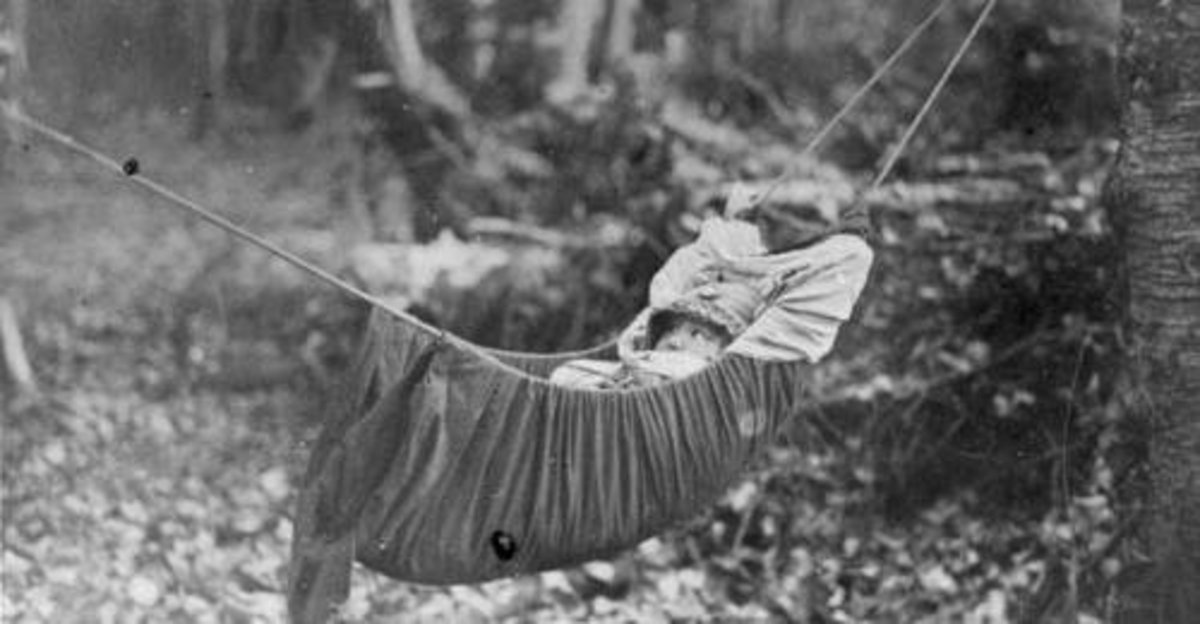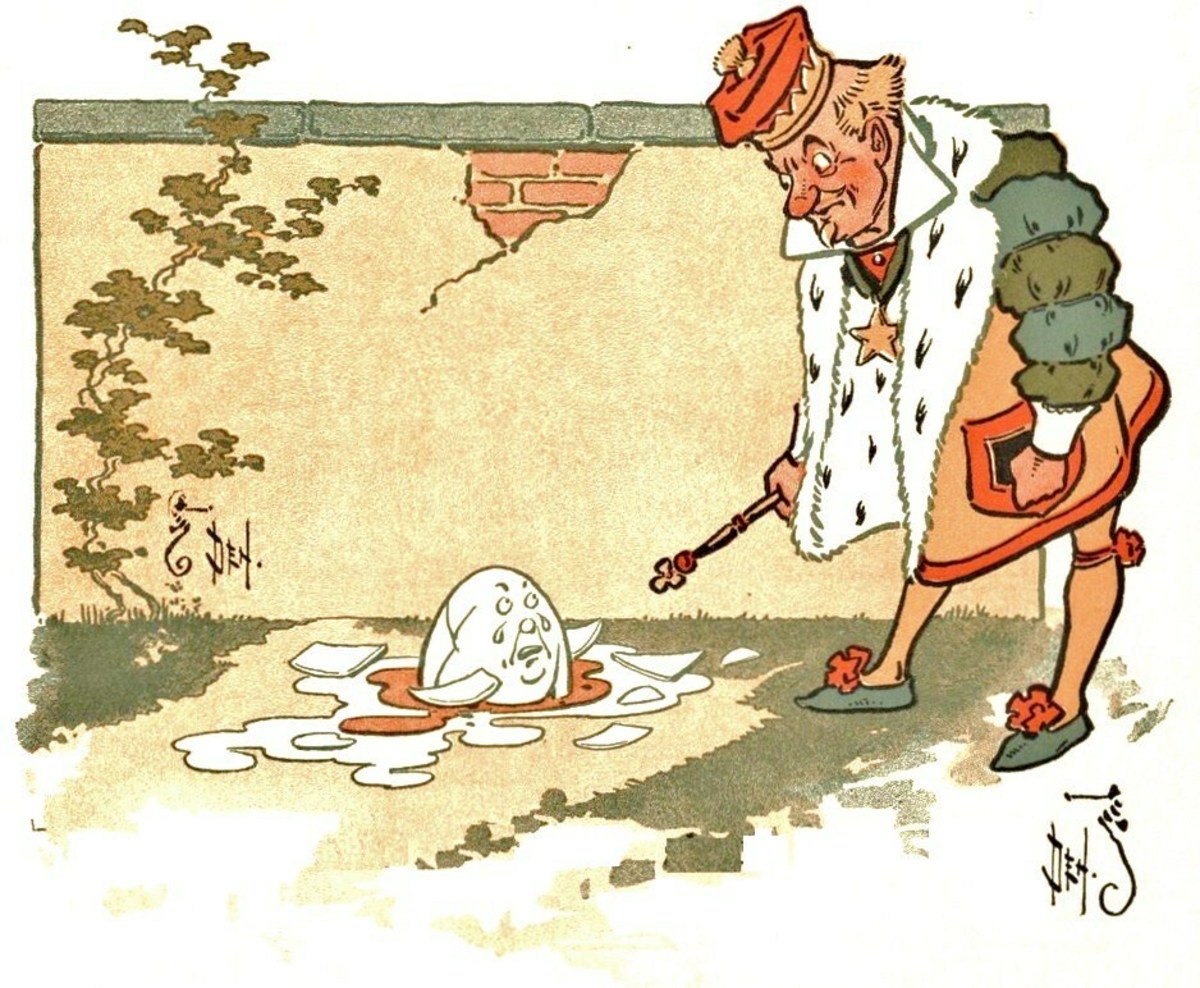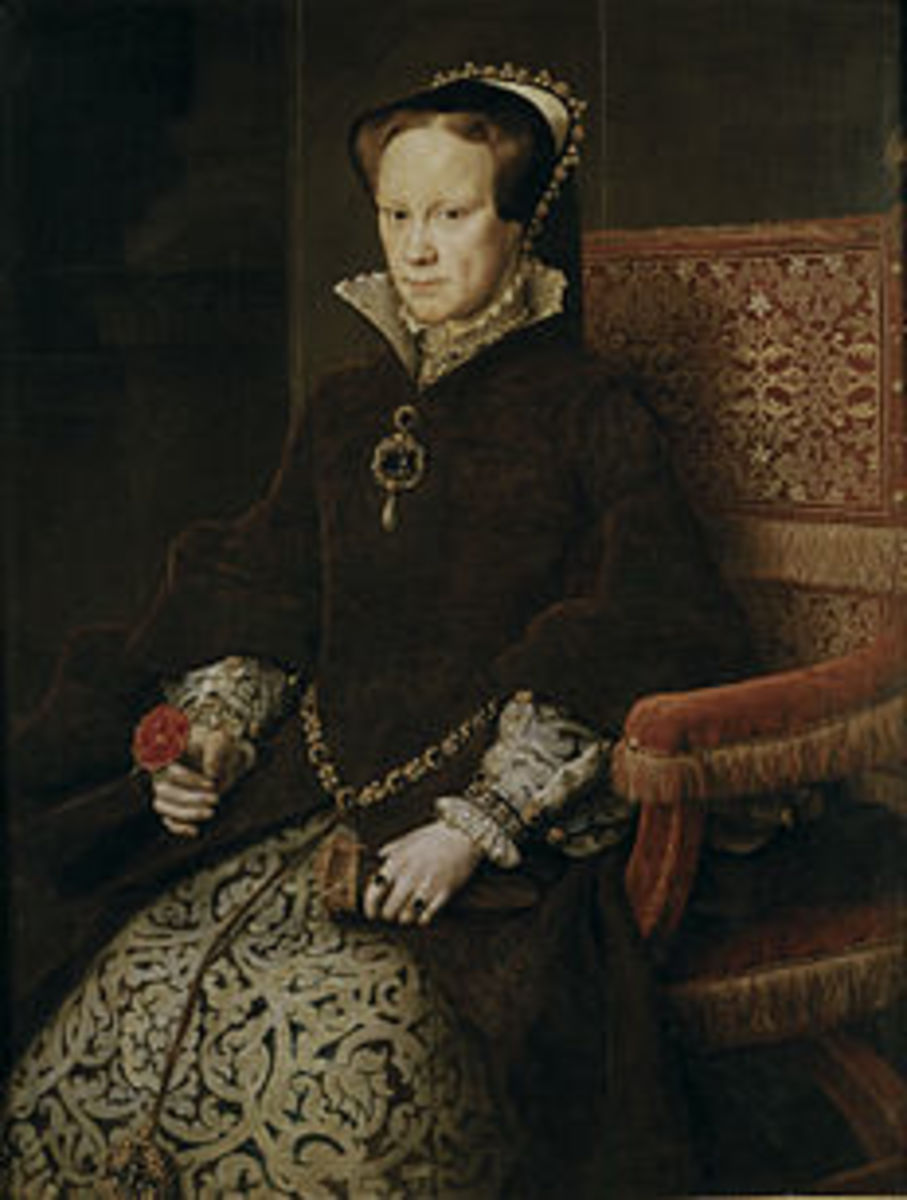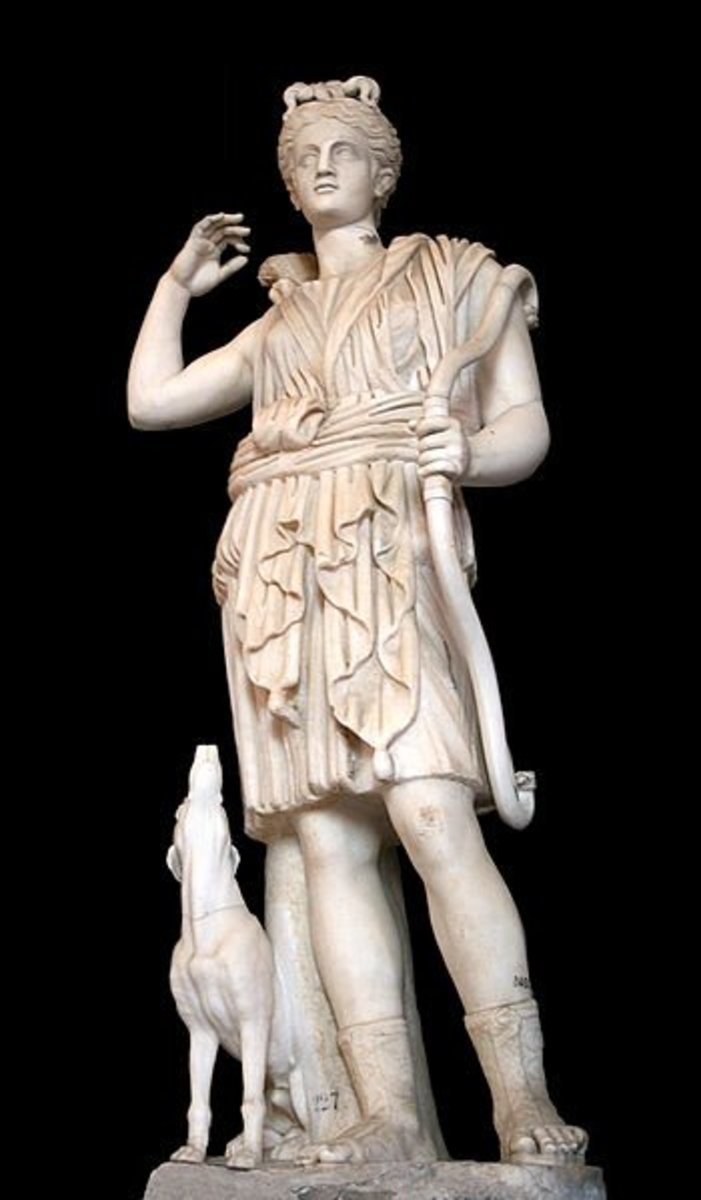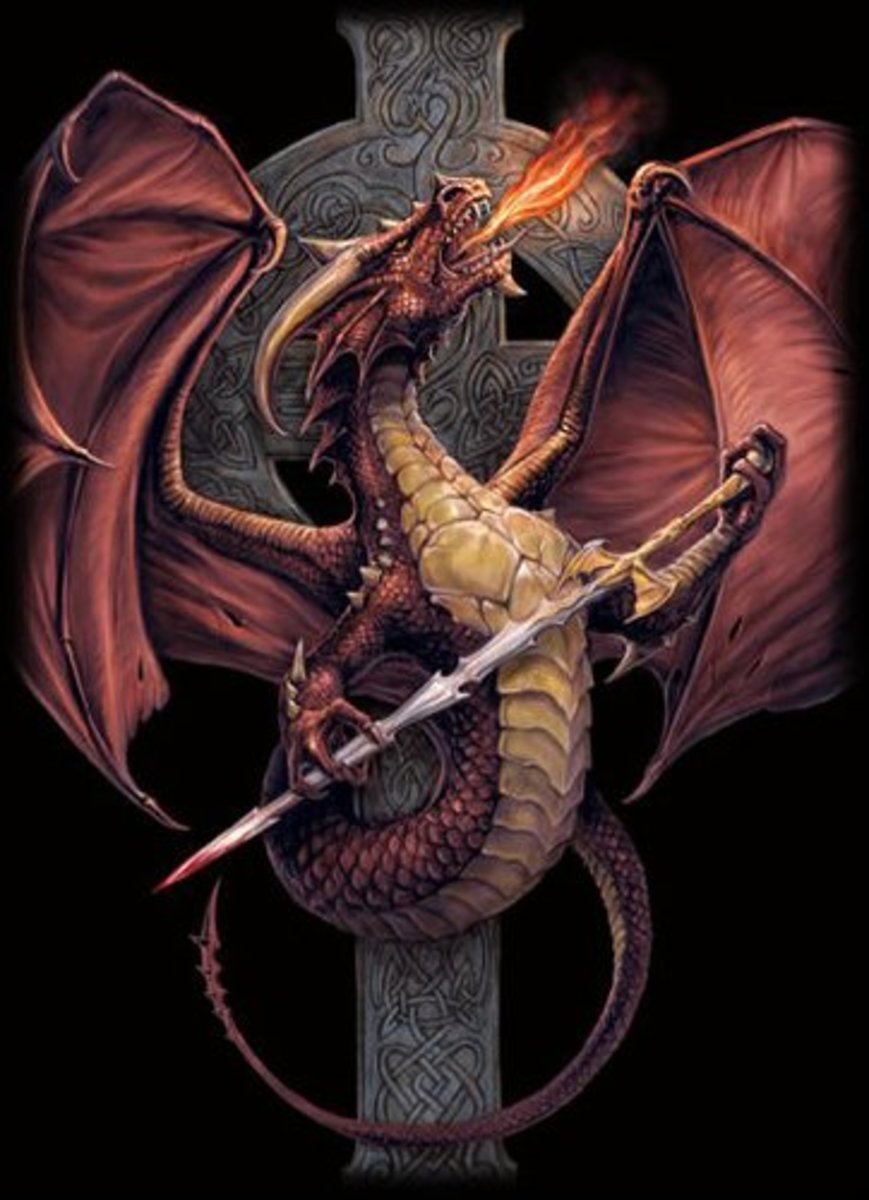The Crazy Mythological and True Meanings of Five Common Nursery Rhymes
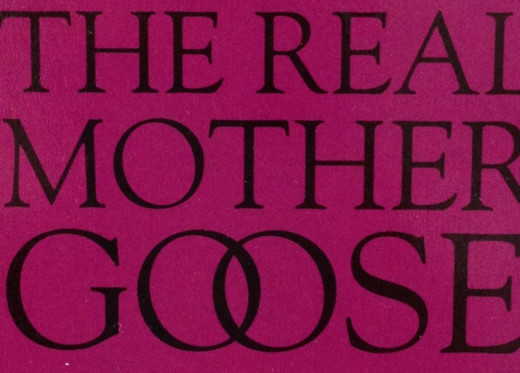
Nursery rhymes don't seem to make sense. Some question if they are appropriate for children. Despite the meaning, nursery rhymes ARE good for language and reading development in young kids. Please read here http://heatherh104.hubpages.com/hub/Childrens-Nursery-Rhymes-Rhymers-are-Readers for the benefits of nursery rhymes for children.
Don't let these crazy stories stop you from teaching these rhymes to your kids. Take this as a history lesson you can eventually tell your kids. For now these secrets can be kept between you and I.
1. Here We Go Around the Mulberry (sometimes Bramble) Bush
Mulberry Bush Nursery Rhyme
Mulberry Bush
Here we go round the mulberry bush
The mulberry bush, the mulberry bush
Here we go round the mulberry bush
So early in the morning
This is the way we wash our clothes
Wash our clothes, wash our clothes
This is the way we wash our clothes
So early Monday morning
This is the way we iron our clothes
Iron our clothes, iron our clothes
This is the way we iron our clothes
So early Tuesday morning
This is the way we scrub (sometimes sweep) the floor
Scrub/sweep the floor, scrub/sweep the floor
This is the way we scrub/sweep the floor
So early Wednesday morning
This is the way we mend our clothes
Mend our clothes, mend our clothes
This is the way we mend our clothes
So early Thursday morning
This is the way we clean the house
Clean the house, clean the house
This is the way we clean the house
So early Friday morning
This is the way we bake our bread
Bake our bread, bake our bread
This is the way we bake our bread
So early Saturday morning
This is the way we go to church
Go to church, go to church
This is the way we go to church
So early Sunday morning
As a child, my mother told me this nursery rhyme was taught to young Mennonite girls to learn the way of life for the women. I always believed her because living in an area heavily populated with Mennonite I would see laundry hanging out to dry every Monday morning, women do all of their cooking for Saturday and Sunday on Saturday so they can go to church and have a day of rest on Sunday and so on. While this was a nice story, it isn't the true story behind the rhyme.
The first known recording of Mulberry Bush was by James Orchard Halliwell in his 1849 anthology "Popular Rhymes and Nursery Tales: A Sequel To The Nursery Rhymes Of England".
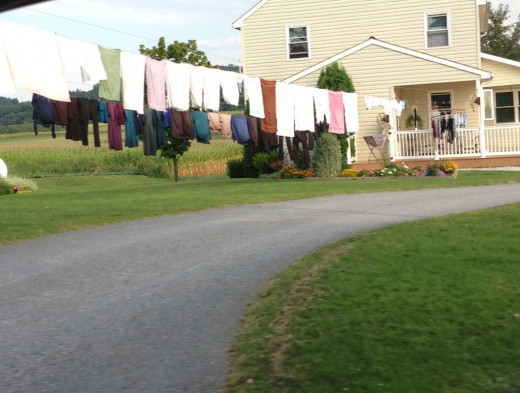
The Wakefield Prison in England is said to be the source of this tale. Women were being sent to this jail starting in the mid 1800's. Allegedly the inmates sang this song while exercising with their children around a mulberry bush in the prison yard. The prison was not very sanitary and to prevent the spread of disease they made up this song to emphasis cleanliness. Today the bush is now a tree and still stands in the same spot where the prison was. It is regarded as a local destination for visitors.
2. Ring Around the Rosy
Ring Around the Rosy
Ring around the rosy
Pocket full of posies
Ashes, ashes we all fall down!
It is said this nursery rhyme is a story about the bubonic plague. The first line, Ring Around the Rosy refers to the symptoms of the plague which include red, rosy ulcerated spots surrounded by a ring. The second line about posies have two stories. First, the posies were used to cover the smell of the ulcers/death. The second explanation is that posies were carried because there was a superstitious belief that carrying posies in front of your nose would ward off the plague. Ashes, ashes refers to the cremation of all of the bodies. Some versions say A-tishoo, A-tishoo instead of ashes referring to the violent sneezing which was another symptom of the plague. We all fall down symbolizes death.
Snopes.com does not see this as the real explanation of the rhyme. The earliest printed version of this rhyme was in the 1881 publication of Mother Goose or The Old Nursery Rhymes by Kate Greenaway.
For the plague meaning of the rhyme to be true children would have had to have been reciting the nursery rhyme for centuries without anyone writing it down.
It is believed by Folklorist Philip Hiscock the ban on dancing by the Protestants in the 19th century caused the young to invent "circle-play" songs as a way of going around the ban. He believes "Ring Around the Rosy" was one on the "circle-play" songs.
3. There Was an Old Lady Who Lived in a Shoe
There Was an Old Lady Who Lived in a Shoe
There was an old lady who lived in a shoe
She had so many children she didn't know what to do
She gave them some broth without any bread
Then whipped them all soundly and put them to bed
The earliest recording of this rhyme was printed in Joseph Ritson's Gammer Gurton's Garland in 1794.
It is thought to refer to Queen Caroline who had eight children and was the wife of King George. The children refer to members of Parliament. The term "whip" is used to describe a member of Parliament who is tasked to make sure all members "toe the party line".
Another story (supposedly a true story) says that the old woman refers to a woman named Margery Buttwhistle who was a town prostitute and drunk with 20 kids. She was unable to give of herself emotionally to all of her children. The children, seeking their mothers approval, stole shoes and called themselves the "shoe gang". They gave the shoes to their mother. She sold the shoes to support her family (and drinking problem).
4. Georgie Porgie
Georgie Porgie
Georgie Porgie pudding and pie
Kissed the girls and made them cry
When the boys came out to play
Georgie Porgie ran away
The first recorded version of this rhyme was by James Orchard Halliwell in his 1849 anthology "Popular Rhymes and Nursery Tales: A Sequel to Nursery Rhymes of England". Georgie Porgie was thought to be a caricature of George Villers, the first Duke of Buckingham. He was known as a prettyboy who had affairs with many women. He later started having affairs with men, including King Charles I. Parliament cut off the affair with the king. Instead of fighting back George left willingly thus the ending "when the boys came out to play, Georgie Porgie ran away".
5. Jack and Jill (alternate spelling Gill)
Jack and Jill
This rhyme was first published in 1760 in John Newbery's Mother Goose Melody.
Jack and Jill went up a hill
To fetch a pail of water
Jack fell down and broke his crown
And Jill came tumbling after
The common explanation of this rhyme is that Jack represents King Louis XVI (born 1754, died 1793) and Jill represents Queen Marie Antoinette. "Jack" fell down and broke his crown (beheaded) and "Jill" came tumbling after. The problem is that the rhyme was published before King Louis XVI was beheaded.
Another theory dates back to BC. There was a small form of currency called a "gil". The larger currency was called "jack". The rhyme was about the rise in value of "jack" and "gil" (up a hill). After being struck by a plague that left everyone short of water (fetch a pail of water). The plague caused massive death followed by a suffering economy (Jack fell down and broke his crown and Jill came tumbling after).
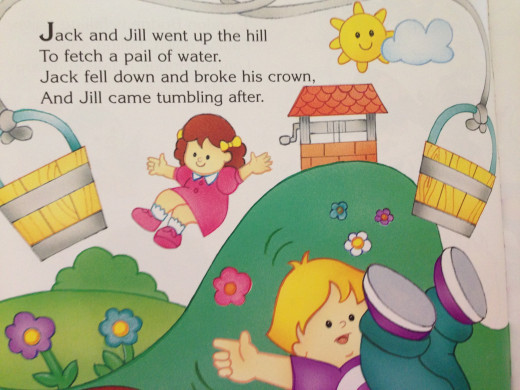
These stories make you wonder how it ever came to be that we repeated these rhymes over and over to children. I learned all of these rhymes as a child and they in no way scarred my childhood. I never knew what they meant but loved the rhythm and how the words sounded. Nursery rhymes are very good for language development. If you are not already teaching them to your child, start now.
© 2013 HeatherH104







